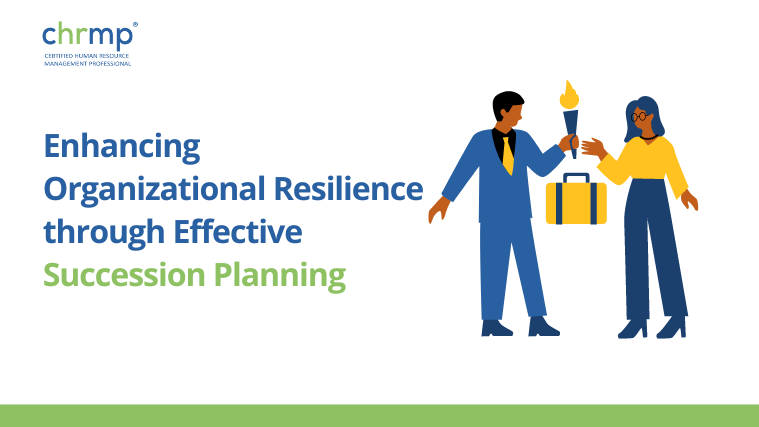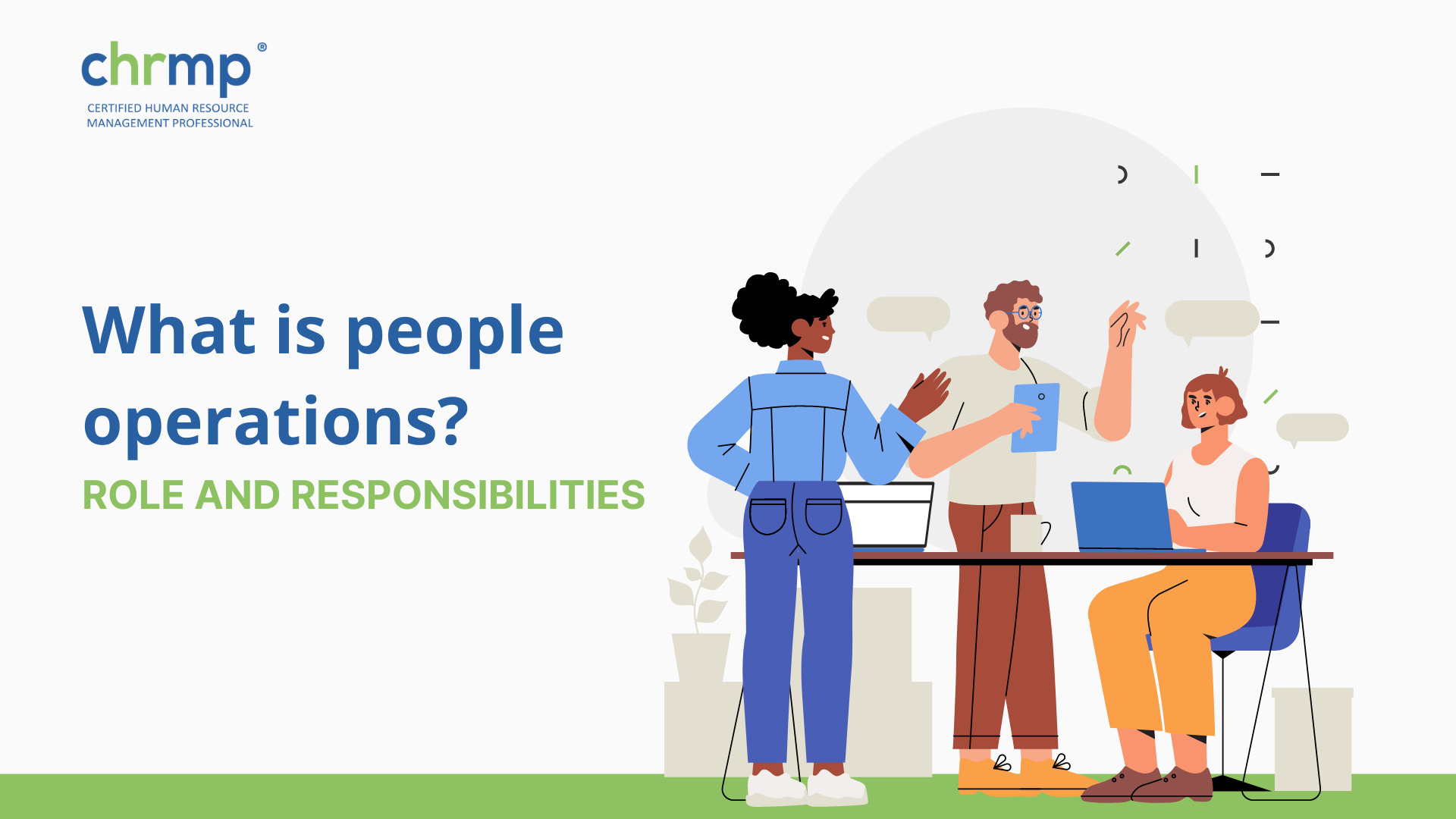

People operations is a broad phrase that covers all facets of how a business manages its staff. It entails creating, applying, and managing policies, programs, and practices that meet employee needs and enhance their well-being and job satisfaction.
A helpful and upbeat work atmosphere that encourages employee engagement, productivity, and progress is what people operations seek to achieve. This can include undertaking things like:
Recruitment, hiring, onboarding, training, and employee development are all included in human resources management.
The administration of salaries, benefits plans, and other kinds of remuneration is called pay and benefits.
Performance management evaluates employees’ work and gives feedback to help them improve.
Employee relations: Managing interactions and communication between staff members and the business to settle disputes and sustain a productive workplace.
Observe all applicable labor rules and regulations, such as those pertaining to equal employment opportunity, wage and hour legislation, and health and safety requirements, to ensure that the company operates within these boundaries.
Any organization’s success depends heavily on its people operations, which provide a healthy work environment, recruit and hold onto top talent, and assure workers’ continued development and advancement.
People management is crucial for a variety of reasons.
Top talent may be attracted and kept by providing a happy and encouraging work environment, competitive pay and benefits, and firm performance management, increasing productivity and success.
Encourage a helpful and healthy workplace culture where employees feel appreciated and engaged by using people operations.
This may result in a staff that is more motivated and productive, as well as better levels of job satisfaction and reduced turnover rates.
Rules and regulations compliance: Human resource management (HRM) assists firms in adhering to employment-related legislation and regulations, including those governing equal employment opportunity, wage and hour laws, and health and safety requirements.
Enhancing productivity and performance: People operations may assist staff members in raising their productivity and performance by offering continuous training and development opportunities and promptly and effectively resolving performance concerns.
Better decision-making: People operations give businesses information and insights about their workers that may help with talent management, succession planning, and workforce planning decisions.
People operations support the needs and well-being of workers, promote a healthy work environment, and contribute to the overall productivity and performance of the business, all of which are critical to the success of an organization.
Human resources (HR) and people operations are separate but linked organizational functions.
While people operations is a more contemporary and all-encompassing phrase that covers a more extensive variety of activities connected to the administration of workers, people operations is a classic term that has been used to describe the management of individuals inside an organization.
The breadth and focus of people operations and HR are their main differences. Payroll benefits management and employee interactions have always been the primary administrative duties of HR.
On the other hand, people operations cover all facets of staff management, including HR duties and more extensive initiatives about employee engagement, growth, and general well-being.
Using data and analytics to guide decision-making and enhance the entire employee experience, people operations frequently adopt a more strategic and data-driven approach to personnel management.
This might involve using measurements for staff performance and productivity as well as employee feedback and statistics on engagement.
In conclusion, while HR and people operations have some overlap, people operations is a more expansive and all-encompassing phrase that covers a greater variety of tasks connected to the management of employees and the development of a pleasant and supportive work environment.
Careful planning and execution are necessary to establish a corporation’s efficient people operations department. You can start by following these steps:
Set your objectives: Clearly state the purposes of your people operations division and how they will contribute to your company’s overarching goals. Consider elements like worker happiness, output, and adherence to employment rules and regulations.
Analyze the present methods: Look over your HR processes and procedures to find areas that might be improved. Consider employee engagement, performance management, training and development, and recruiting.
Create a plan: Create a strategy for your people operations function based on your goals and evaluation of present procedures. This strategy should include specific goals, deadlines, and budgets.
Create a team: Assemble a group of knowledgeable and accomplished experts to manage your people operations department. Consider elements like experience, cultural fit, and skill level when recruiting.
Develop and put into practice rules and processes that support your objectives for the function of people operations.
These guidelines should include hiring, working with coworkers, handling benefits, and performance evaluation.
Regularly communicate with your workforce to notify them of changes and get their opinions on your people operations projects.
To gradually enhance your people operations processes, encourage candid and transparent feedback.
To make sure you are on track and reaching your objectives, you should routinely monitor and evaluate the effectiveness of your people operations department.
Consider elements like worker happiness, output, and adherence to employment rules and regulations.
Create a successful people operations unit that supports employee needs and well-being and adds to the overall success of your business by following these steps.
Depending on the size and structure of the business, a people operations team’s duties may vary. Still, they often involve:
We are creating and putting into practice recruiting strategies, maintaining job ads, conducting interviews, and selecting hiring candidates.
They are designing and implementing onboarding programmes to assist new hires in settling into their new position and the business.
Administration of employee benefits, including paid time off, retirement schemes, and health insurance.
Performance management includes creating and implementing processes for performance appraisal, carrying out performance assessments, and resolving performance-related problems.
Addressing grievances, settling disputes, and fostering a healthy work environment are all part of employee relations.
We are ensuring adherence to employment-related rules and regulations, including equal employment opportunities, pay and hour legislation, and health and safety requirements.
Training and development: Giving staff members regular chances for learning and growth to advance their careers and contribute to the company’s success.
Payroll and compensation: Creating and putting processes for payroll and compensation and ensuring wage and hour rules are followed.
Employee engagement: Obtaining input from staff to better understand their needs and viewpoints and implementing programmes to increase employee engagement.
Analytics and data: Gathering and analyzing data to support decision-making and enhance the working environment.
The people operations team ultimately assists staff members with their requirements and general well-being, fostering a successful and encouraging atmosphere for all employees.
The transition from HR (Human Resources) to People Ops (People Operations) signifies a change in the organization’s emphasis and strategy for managing its workforce. The leading cause of this shift is HR’s Function.
Evolving: From being primarily administrative and compliance-focused to being more strategically oriented and emphasizing employee engagement and experience, HR’s role has changed over time.
Data-driven Decision-Making: The change to People Operations, which places a higher focus on data-driven decision-making, results from the rising use of data analytics and metrics to assess the efficacy of HR programmes.
Employee-centric Approach: People Operations treats people as valued stakeholders rather than just as resources to be controlled, adopting a more employee-centric management style.
Focus on Employee Experience: People Ops is more concerned with fostering a pleasant work environment because they understand that happy, engaged employees are more likely to be productive and contribute to the company’s success.
Alignment with Company Culture: People Ops is made to fit in with the values and culture of the organization, promoting a more upbeat and practical work environment.
An organization’s employee interactions and experience, in general, are managed and supervised by a people operations (People Ops) manager. Their primary duties are as follows:
Employee relations is known for managing employee interactions and dealing with any problems that could arise, including disputes or human resources difficulties.
We are ensuring that the firm complies with all applicable HR rules and regulations.
Talent management and acquisition include finding and recruiting new personnel and supervising current employees’ training and performance evaluation.
Benefits Administration: Managing and distributing the company’s benefit schemes, such as paid time off, retirement plans, and health insurance.
We are designing and executing efforts to increase employee happiness and engagement, such as team-building exercises and staff appreciation programmes.
Contribute to the creation and preservation of an encouraging and influential business culture.
Data-driven decision-making refers to using data and analytics to support HR decisions and assess the success of HR projects.
The performance of the business may be significantly impacted by the People Operations manager’s ability to create a good and productive work environment for workers.
With the following core aims, People Operations (People Ops) focuses on providing workers with a good and effective work environment.
Employee Experience: People Ops prioritises enhancing the working environment for employees, encouraging work-life balance, and attending to any HR-related issues.
Culture and Values: People Ops strives to match HR procedures with the culture and values of the company to promote a good and effective work environment.
Employee Engagement and Satisfaction: People Ops emphasizes enhancing employee engagement and satisfaction by implementing initiatives and programmes that enhance the working environment and the employee experience.
Compliance: People Ops is in charge of making sure the company complies with all pertinent HR laws and rules, including those concerning labour laws, anti-discrimination legislation, and privacy laws.
Making Data-Driven Choices: People Ops employs analytics and data to support HR decision-making and gauge the success of HR initiatives, enabling businesses to make data-driven decisions.
Recruiting, keeping top people, and overseeing worker performance and growth are priorities for People Ops.
Overall, the main goals of People Ops are to improve the employee experience and foster business success by fostering a happy and encouraging work environment for workers, ensuring that HR policies are in line with the organization’s culture and values, and using data to guide decision-making.
Consider enrolling in an HR operations course if you want to learn more about people operations and its guiding principles.
Such a course may help you develop the abilities and knowledge required to succeed in this industry while also giving you a more excellent grasp of the position and duties of a People Ops manager.
You may actively advance your career and support your firm’s success by enrolling in an HR operations course.
What distinguishes people operations from human resources?
While People Operations (People Ops) takes a more strategic and employee-centric approach, concentrating on establishing a pleasant employee experience and promoting a productive work environment, HR (Human Resources) generally concentrates on administrative responsibilities like benefits administration and compliance.
What are the principal duties of a manager of people operations?
Employee relations, talent management, benefits management, employee engagement, culture building, and compliance with HR rules and regulations are all under the control of a people operations manager.
What are People Operations’ primary goals?
People Operations prioritises boosting employee engagement and happiness, maintaining compliance, and making data-driven choices to promote business success. It also stresses integrating HR processes with the organization’s culture and values.
Why is data-driven decision-making crucial in human resources management?
People Ops may make well-informed decisions using data-driven decision-making, which relies on facts and data rather than hunches or assumptions. This makes it easier to make HR initiatives successful and benefit the company.
How do people operations impact an organization’s success?
People Operations helps to boost employee engagement and satisfaction, attract and retain top talent, and contribute to organizational success by fostering a positive and encouraging work environment for employees, aligning HR practises with the organization’s culture and values, and making data-driven decisions to improve the employee experience.

Grab Your 25 Free Email Templates Now